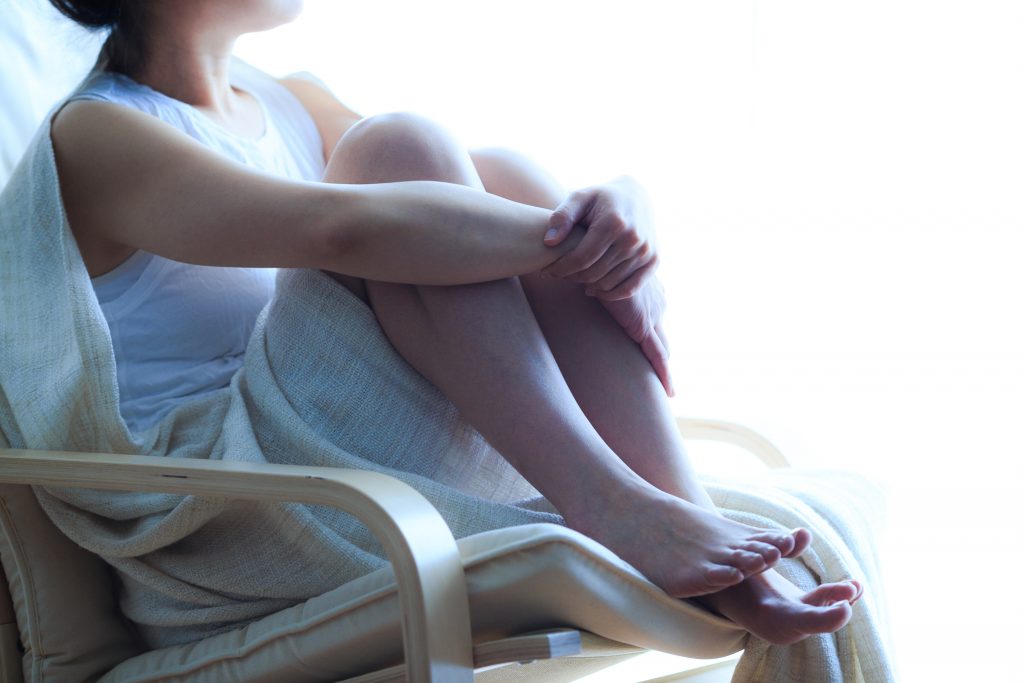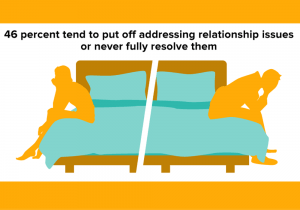
Dyspareunia—When Sex Hurts
Sex shouldn’t hurt…But sometimes it does. Between 10% and 20% of women in the U.S. experience persistent pain during sex—a condition referred to as dyspareunia.

Sometimes you want sex, sometimes you don’t. That’s normal. Every woman has her own level of what is considered “normal” based on their own experiences and biological drive. But when a woman has a low libido or low sexual desire and is bothered by this lack of interest in sex, she may have a condition called hypoactive sexual desire disorder (HSDD).
HSDD is defined as the absence of sexual fantasies and thoughts, and/or desire for or receptivity to, sexual activity that causes the personal distress or difficulties in her relationship. This distress is an important component. After all, some women with what is considered a low libido may not have any distress or problems with a partner as a result.
While prevalence rates vary, The Society for Women’s Health Research estimates that about one in ten women have HSDD, making it one of the most common female sexual difficulties.
There are many potential causes, both physical and psychological.
HSDD is treatable and can be manageable, so the first step if you are concerned about a lack of interest in sex is to talk to a healthcare provider to see what options are available. The provider may ask a series of questions called the Decreased Sexual Desire Screener (DSDS) to help diagnose HSDD. The first four questions are:
If a woman answers ‘no’ to any of these questions, she likely will not be diagnosed with HSDD. If she answers ‘yes’ to these, she will also be asked about other factors that may be contributing to her low desire, including physical and mental health conditions, recent childbirth, her relationship with her partner, her level of stress and fatigue, and other issues.
Treatment may include sex therapy or counseling, alone or with a woman’s partner, to address any mental health or relationship issues that may be present. Medications may be evaluated as contributing factors, and underlying medical conditions may be addressed.
For women who have not yet gone through menopause, there is a single FDA-approved treatment for HSDD called flibanserin. This drug works on neurotransmitters, or chemicals, in the brain that are related to sexual excitement. When these chemicals in the brain are out of balance, the result can be a diminished level of sexual interest and desire. Flibansarin, taken as a once-daily pill helps to keep these chemicals in balance.

Sex shouldn’t hurt…But sometimes it does. Between 10% and 20% of women in the U.S. experience persistent pain during sex—a condition referred to as dyspareunia.

For some women, reaching orgasm can be difficult. Fortunately, there are steps you can take to address the problem and have a more satisfying sex life.

Sociologist, sexologist and relationship expert Dr. Pepper Schwartz joins our Sex+Health podcast for a three-part discussion on the range of female sexual difficulties and offers practical advice and resources for women (and their partners).

If you struggle with incontinence and have concerns about leaking during sex, you’re not alone. The American Foundation for Urologic Disease reports that one in three women with stress incontinence avoids sex due to fears of leaking during intercourse or orgasm. But incontinence during sex doesn’t have to be an issue.

Why aren’t couples talking about sex? Despite increasing public acceptance of sex as an everyday topic and a trend towards more empowered health consumers, people continue to feel uncomfortable talking about sexual health issues—even behind closed doors.
ASHA believes that all people have the right to the information and services that will help them to have optimum sexual health. We envision a time when stigma is no longer associated with sexual health and our nation is united in its belief that sexuality is a normal, healthy, and positive aspect of human life.
ABOUT
GET INVOLVED
ASHA WEBSITES
GET HELP
© 2024 American Sexual Health Association